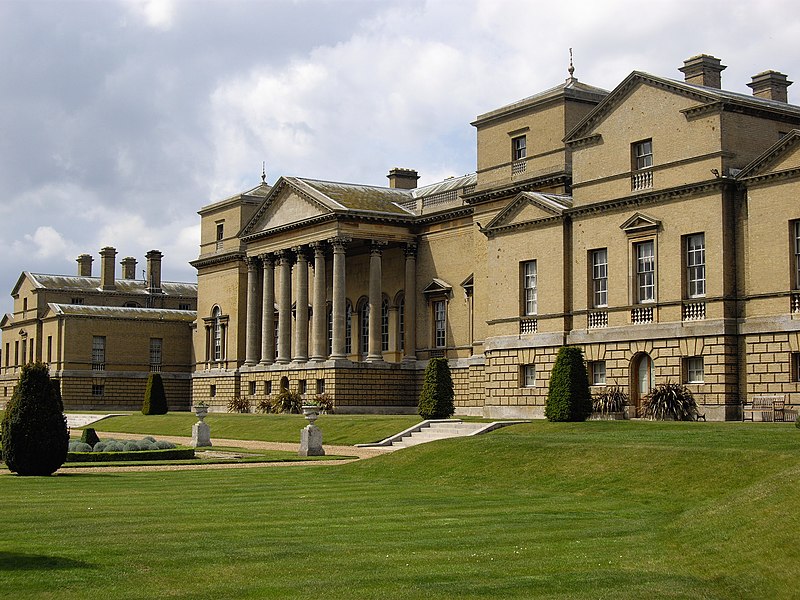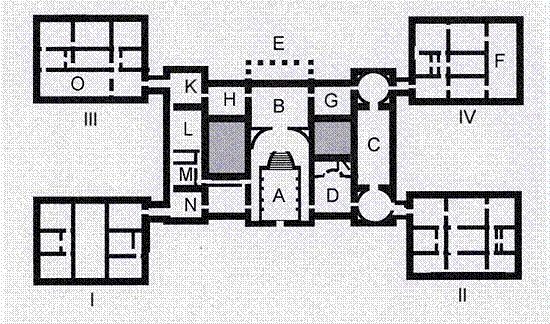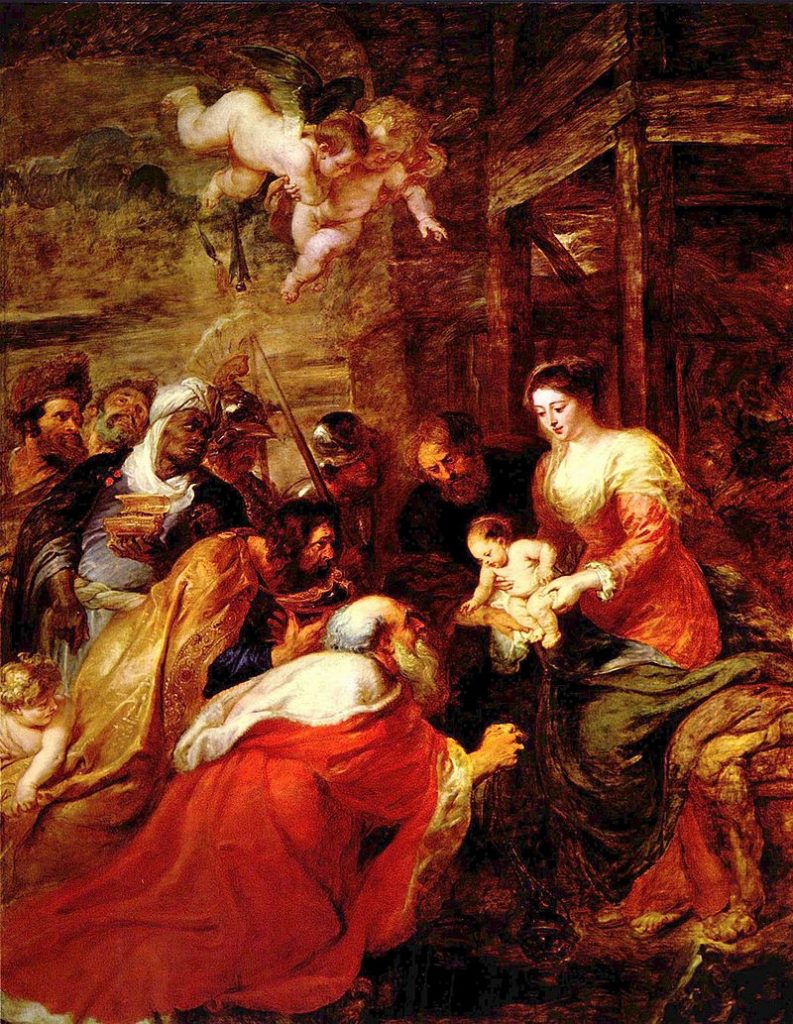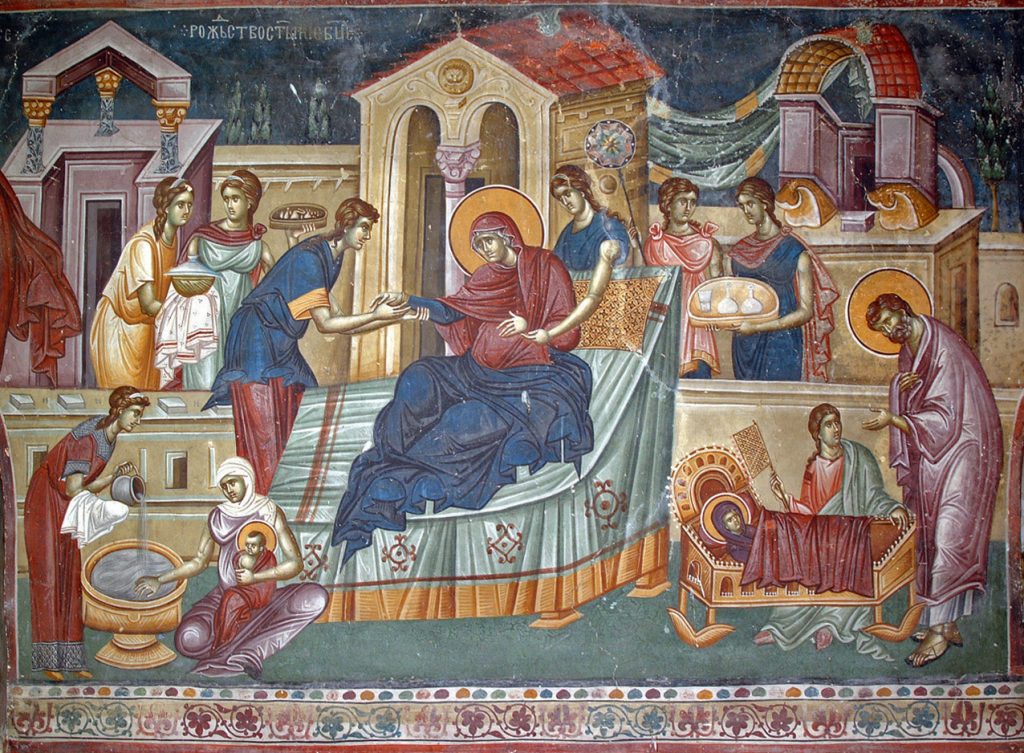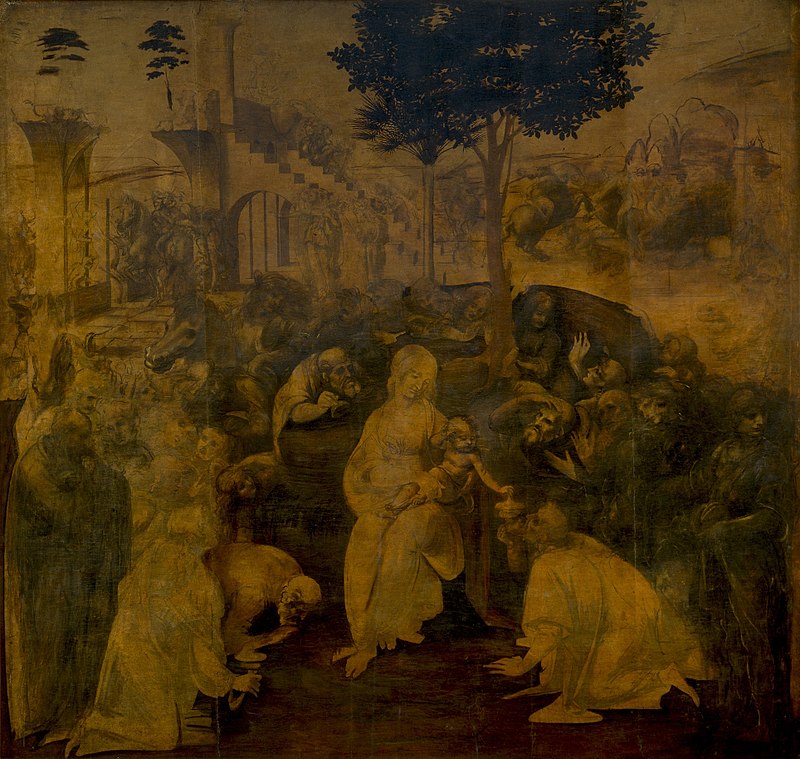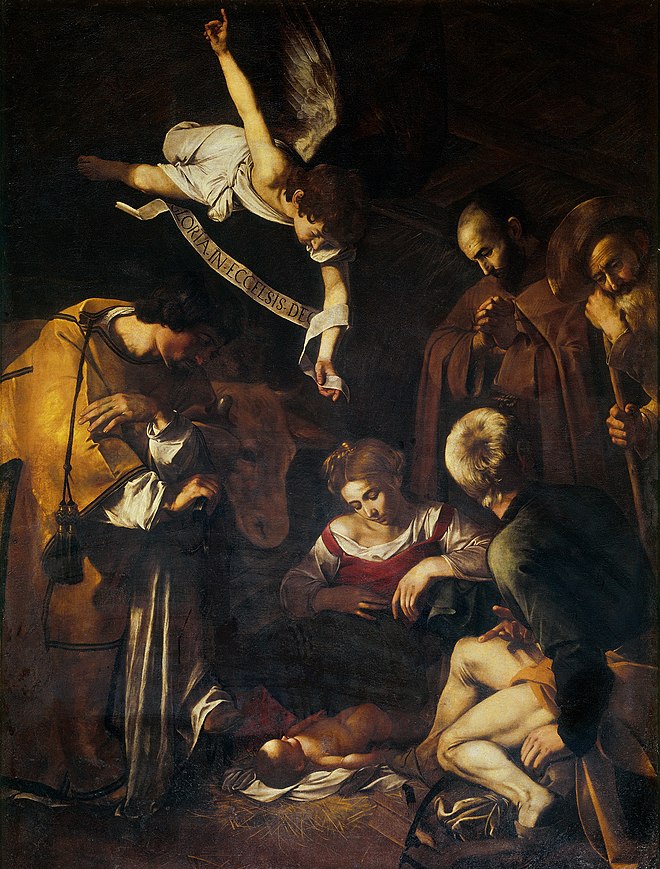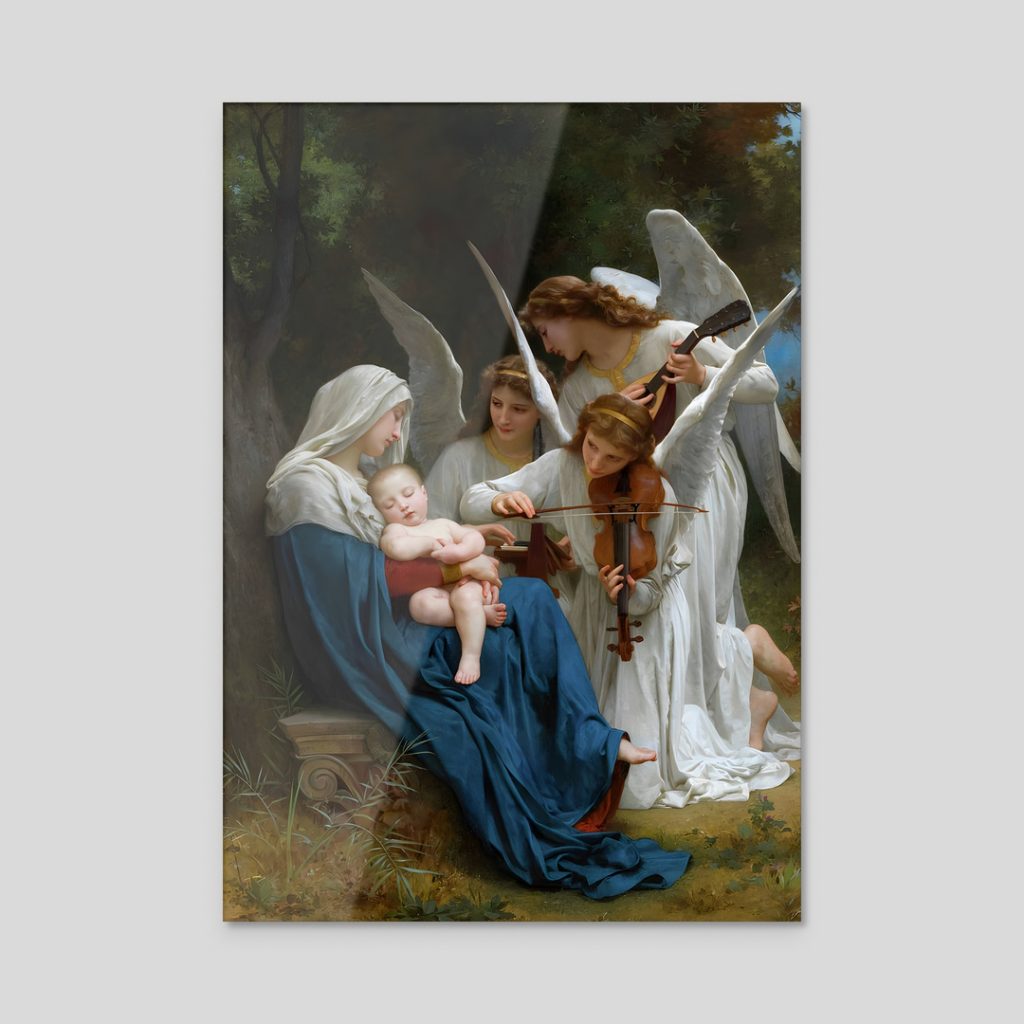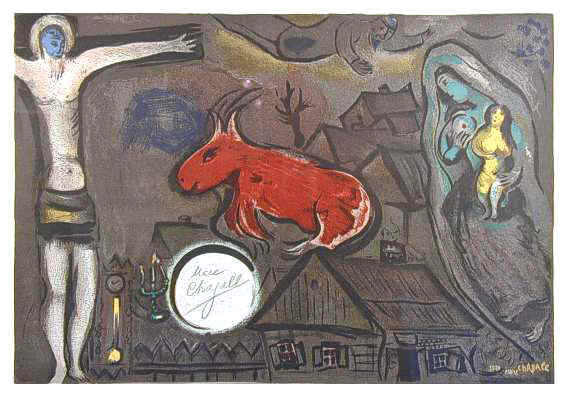Artificial Intelligence (AI) has made remarkable strides in image generation, challenging traditional notions of art and creativity. One significant application of AI in this realm is through Generative Adversarial Networks (GANs) and other deep learning models
GANs and Image Generation:
Generative Adversarial Networks, introduced by Ian Goodfellow and his colleagues in 2014, have revolutionized the field of image generation. GANs consist of two neural networks, a generator, and a discriminator, engaged in a continuous adversarial process. The generator creates images, and the discriminator evaluates them. This iterative process refines the generator’s ability to produce increasingly realistic images.
Creative AI and Artistic Output:
AI’s role in image generation prompts a reevaluation of the creative process. GANs, trained on vast datasets of diverse images, can produce novel and often mesmerizing visual content. The ability of AI to create art challenges traditional views on authorship, as the machine is an active participant in the creative act. Artists and programmers collaborate with these systems, influencing the outcome but relinquishing complete control.
Ethical and Philosophical Considerations:
The use of AI in art raises ethical questions about authorship, originality, and the commodification of creativity. If an AI system generates an image, who is the true creator? Does the algorithm possess creativity, or is it a tool guided by human intent? These questions challenge conventional understandings of artistic expression and intellectual property.
The Notion of Artwork in the Digital Age:
The integration of AI in image generation contributes to a broader discussion about the definition and perception of artwork. Traditional mediums, such as painting or sculpture, are now accompanied by digital and generative forms. The ephemeral nature of digital art, often existing solely in the digital realm, challenges established notions of ownership, preservation, and exhibition.
AI as a Collaborative Tool:
Rather than replacing human artists, AI serves as a collaborative tool, expanding the possibilities of artistic expression. Artists can leverage AI to explore new realms, experiment with styles, and even generate pieces that fuse human creativity with the algorithmic unpredictability of AI.
Conclusion:
AI’s role in image generation reshapes the landscape of art and challenges preconceived notions about creativity. As technology continues to advance, the intersection of AI and artistic expression will likely lead to further exploration of the boundaries between human and machine, expanding the definition of what constitutes an artwork in the digital age. The evolving relationship between AI and art invites ongoing discourse on the nature of creativity, originality, and the profound impact of technology on the ever-changing canvas of human expression.

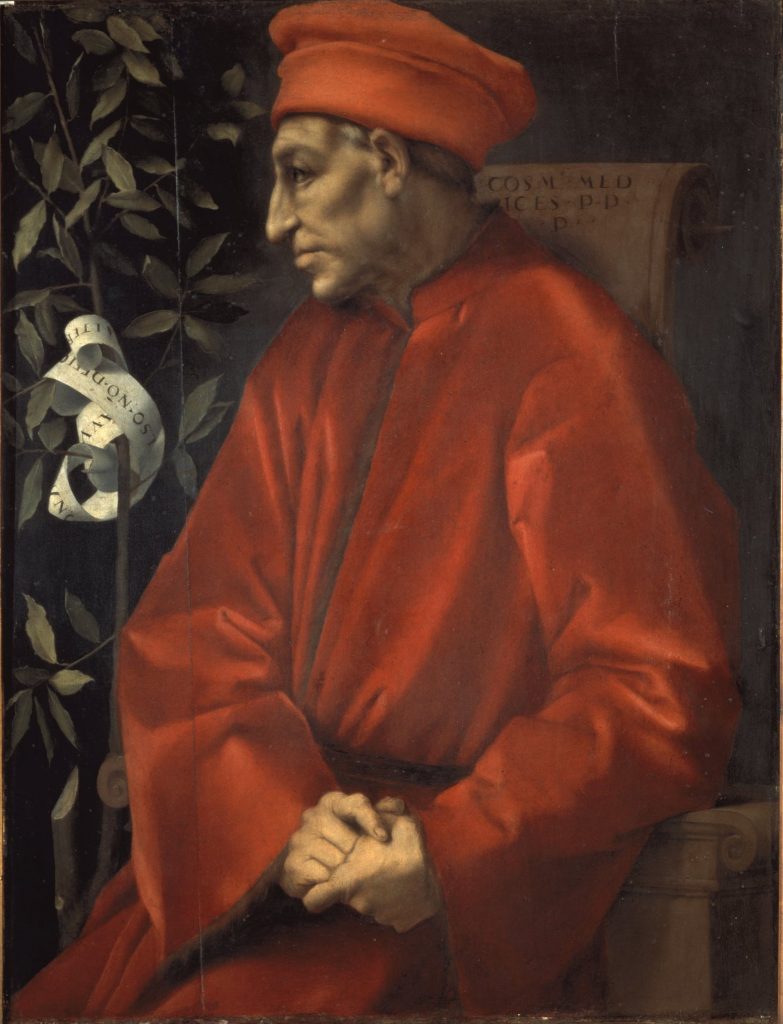
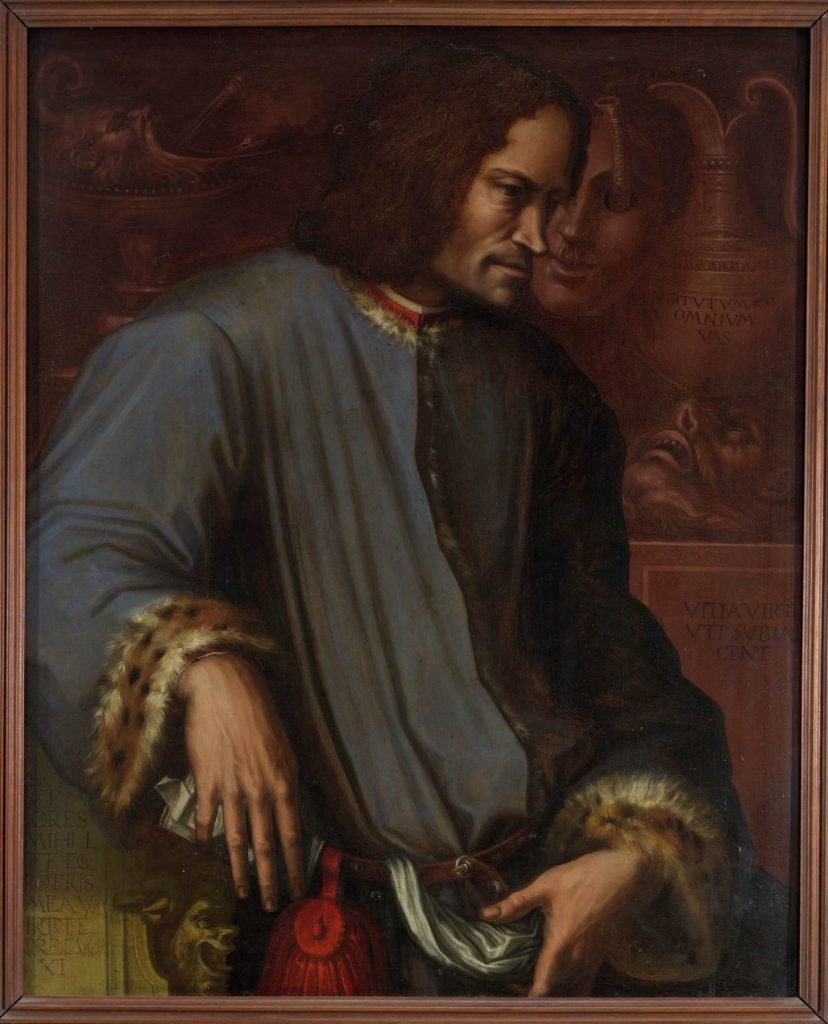
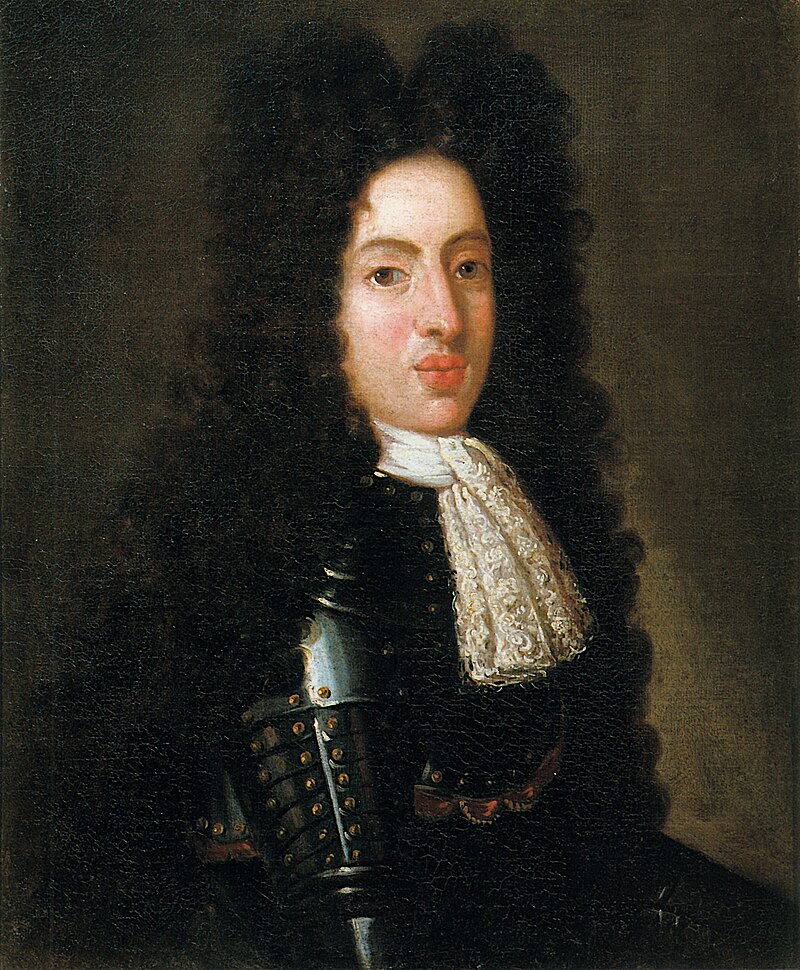
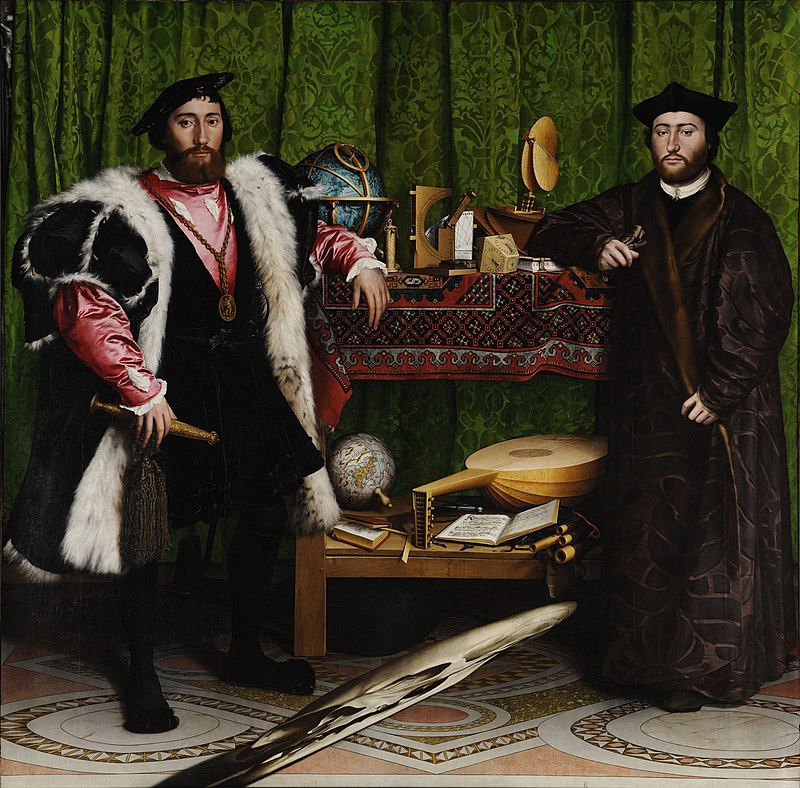
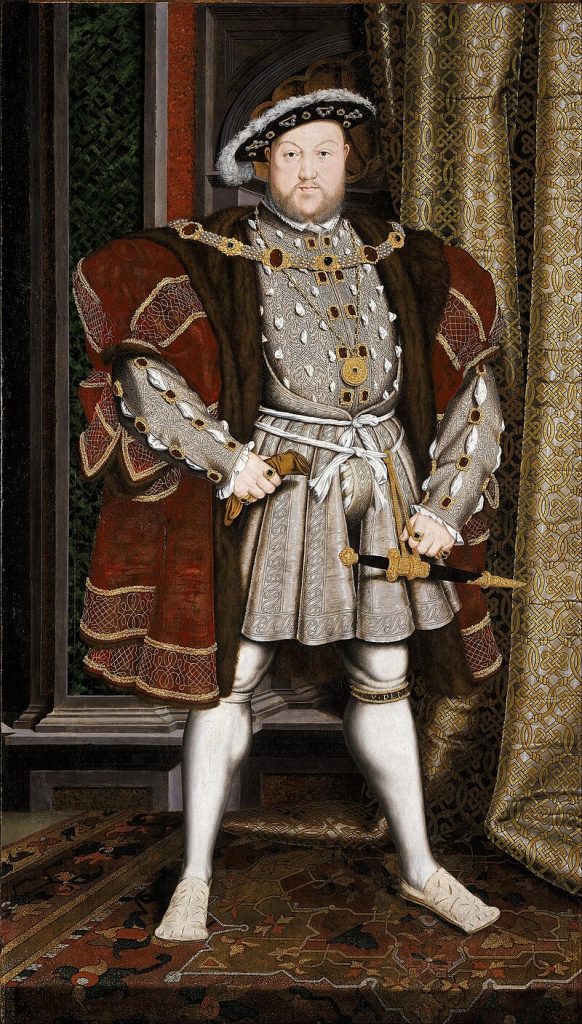
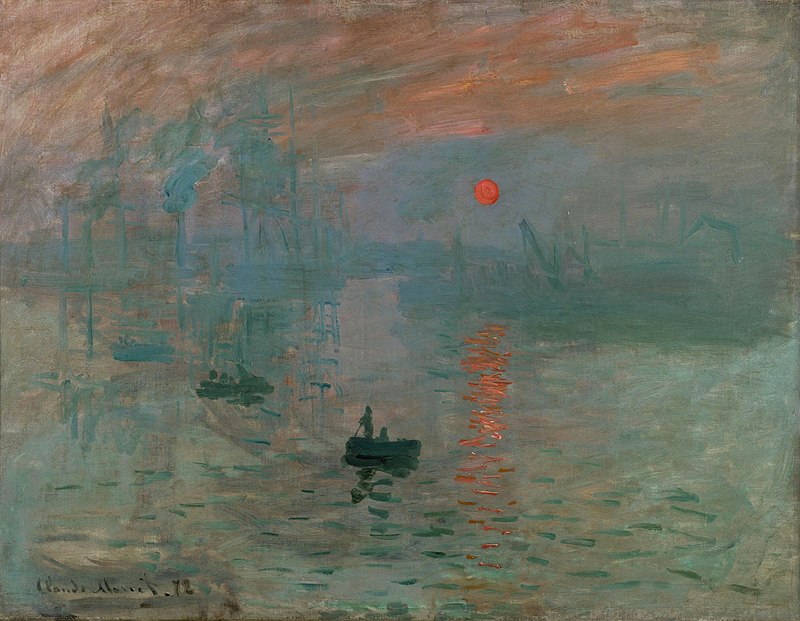

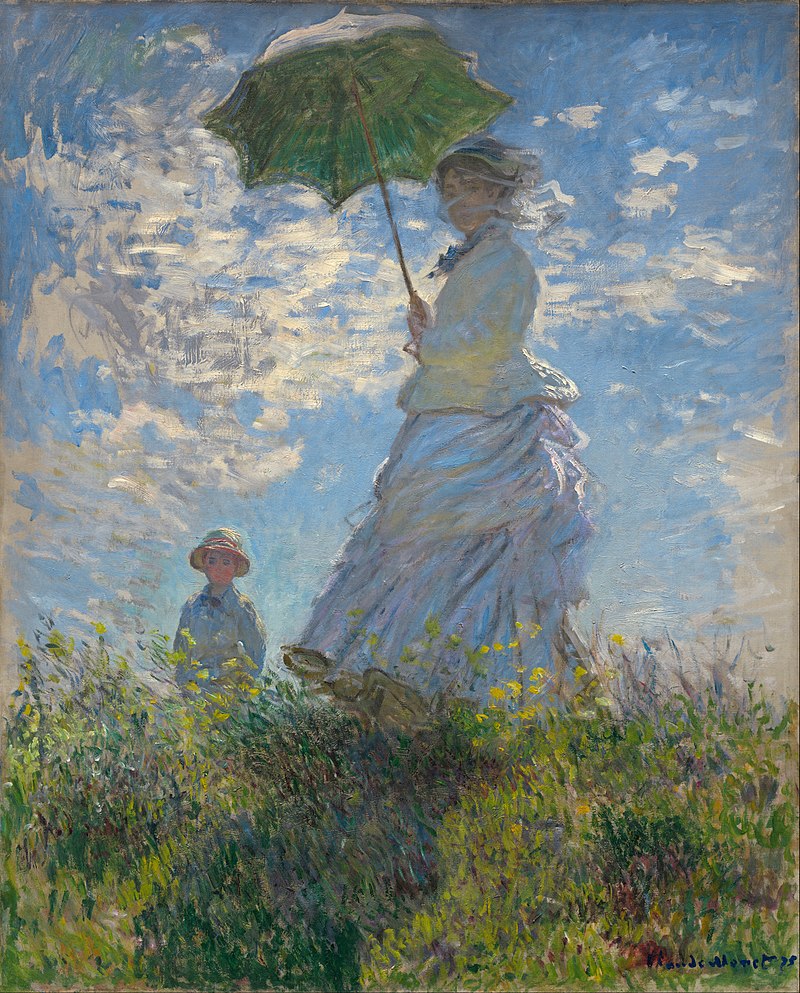
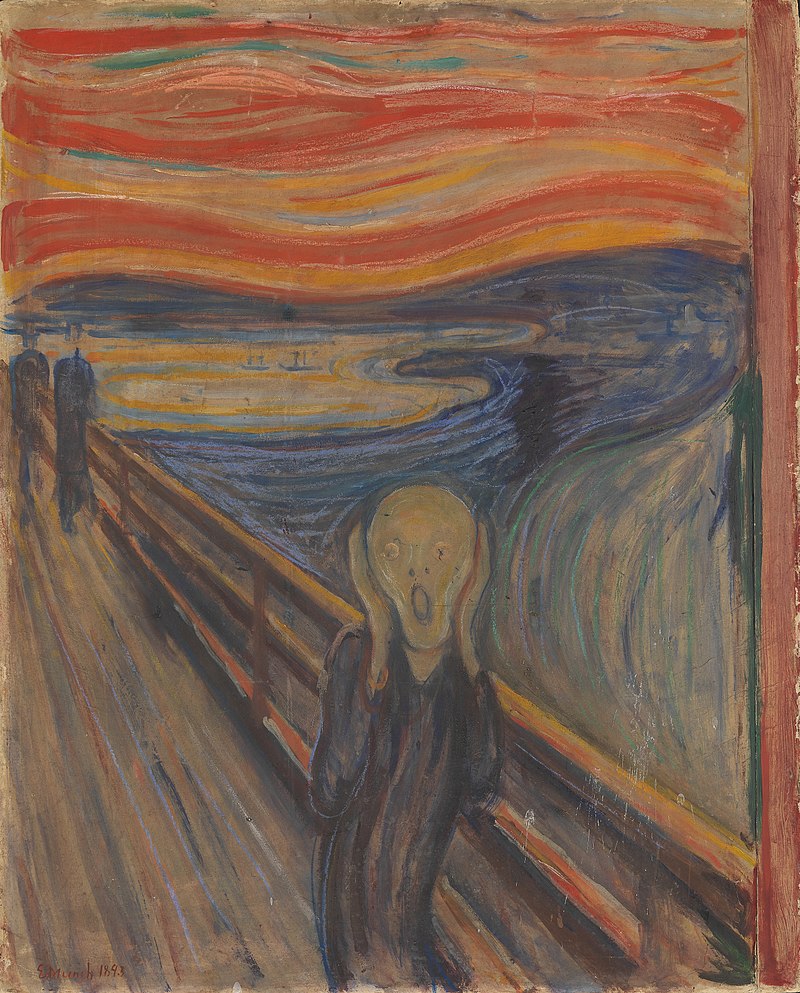


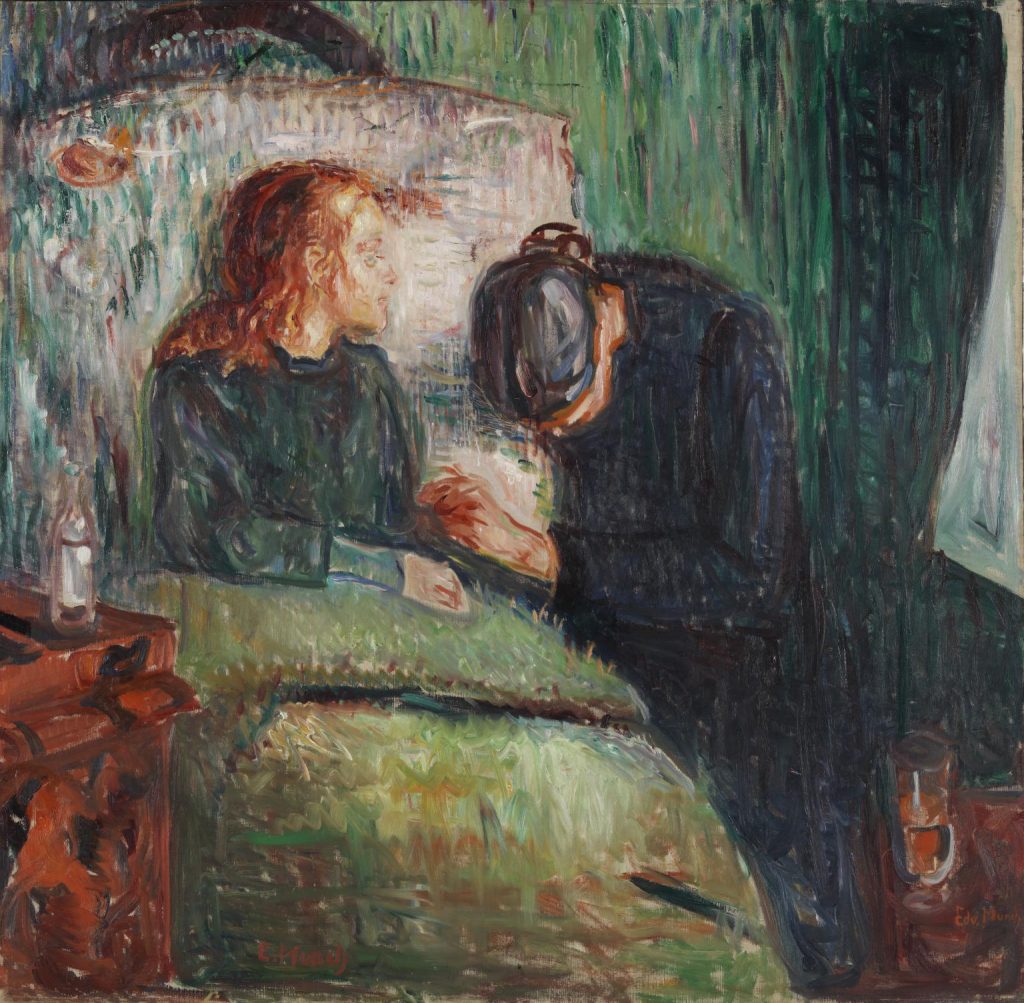
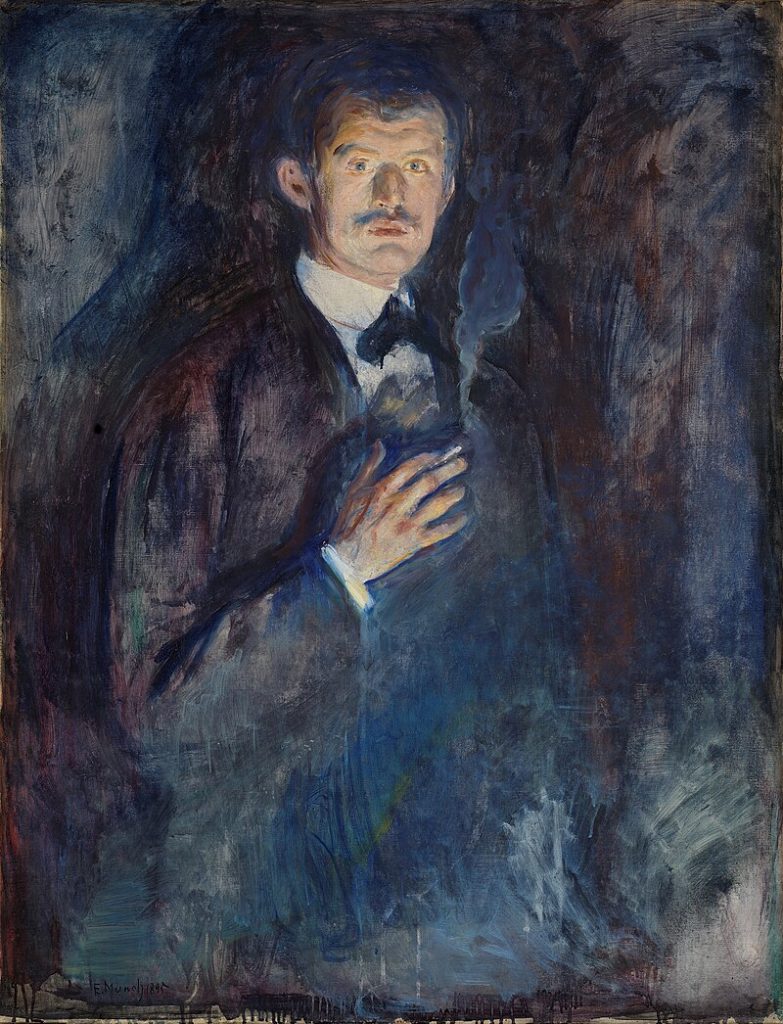

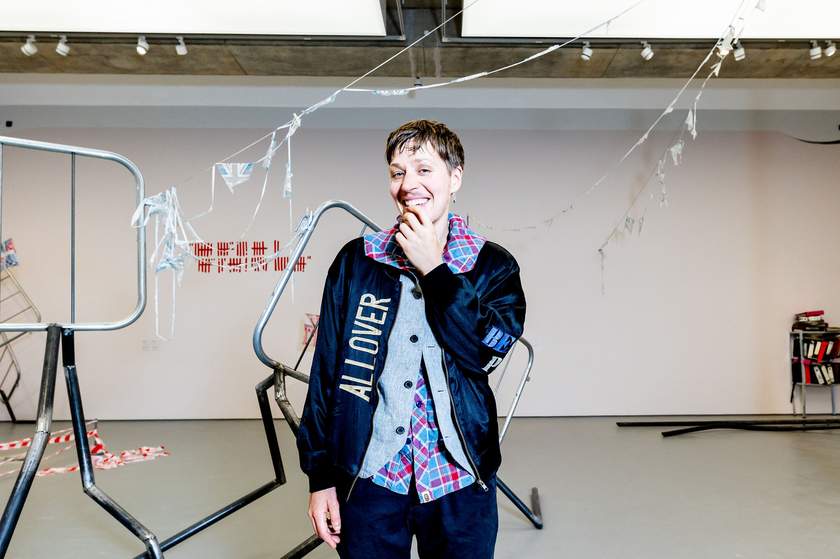
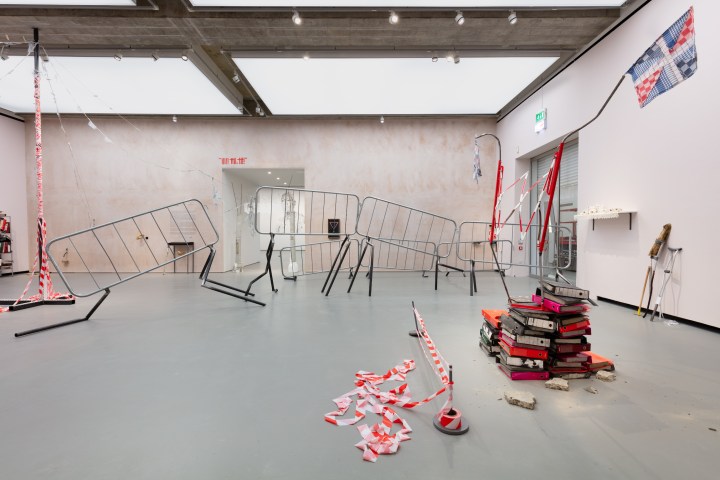
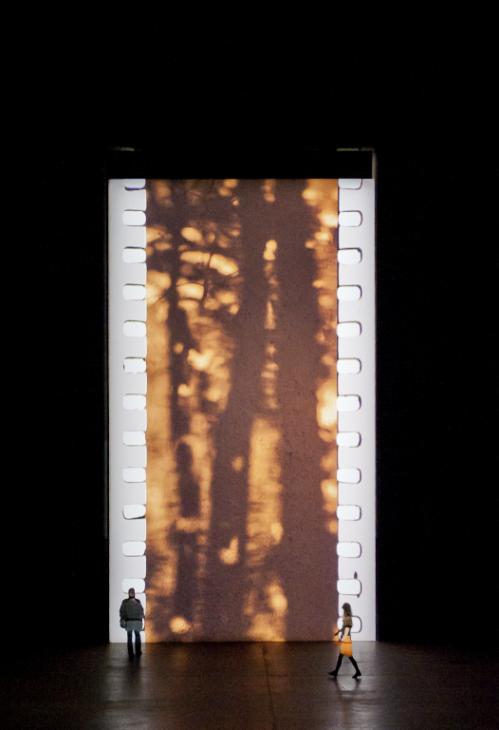
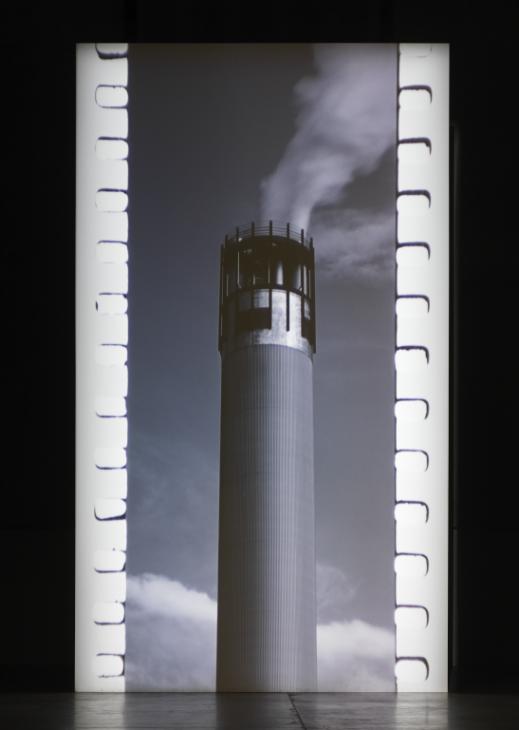
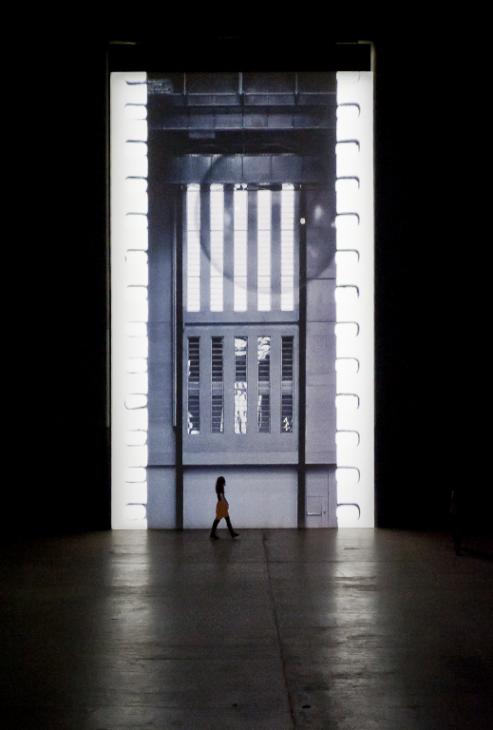
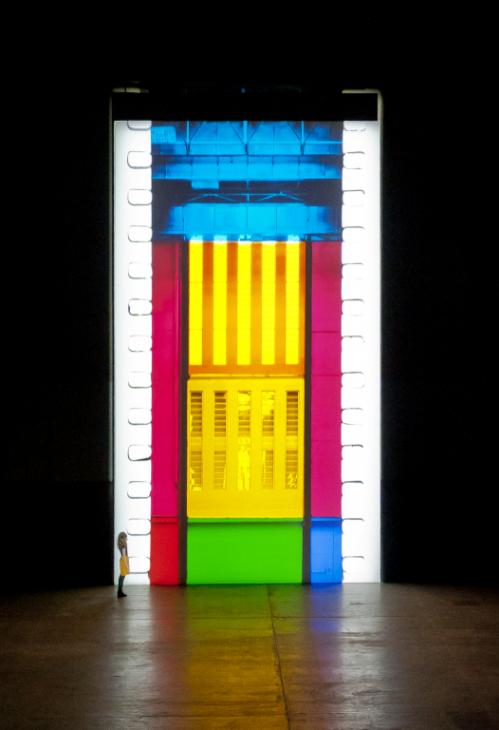
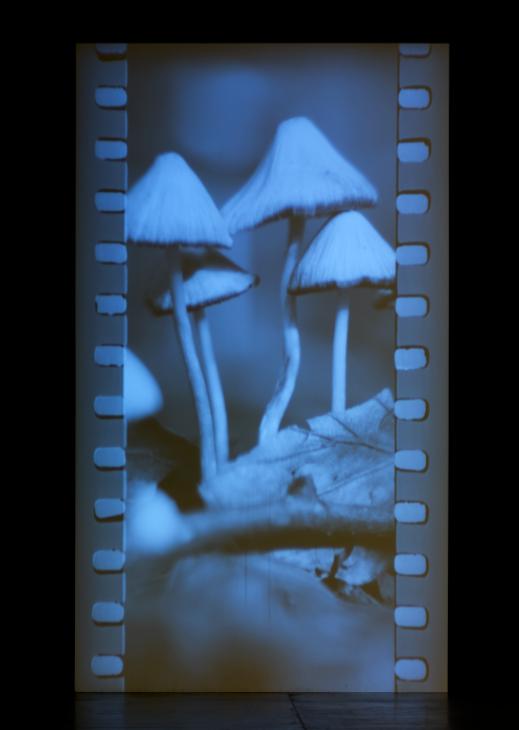
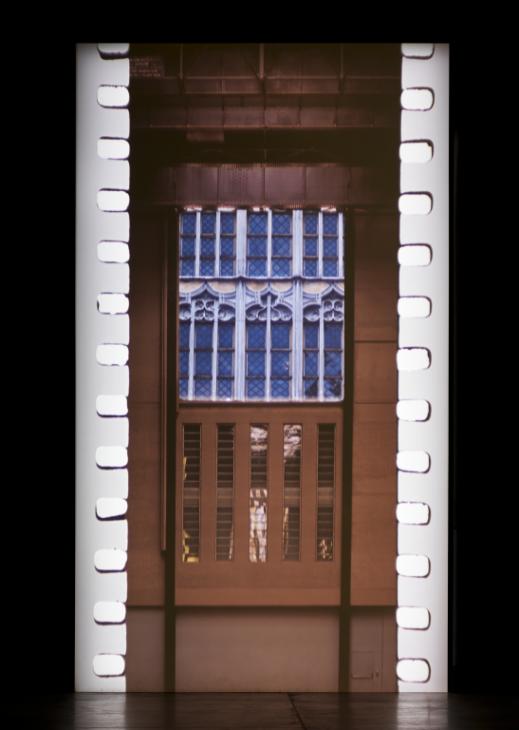
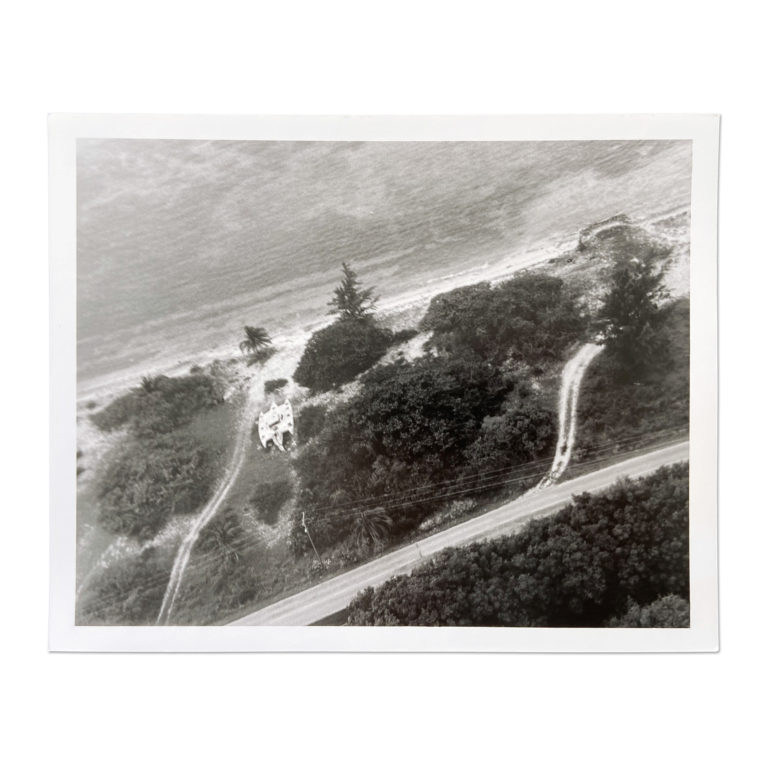
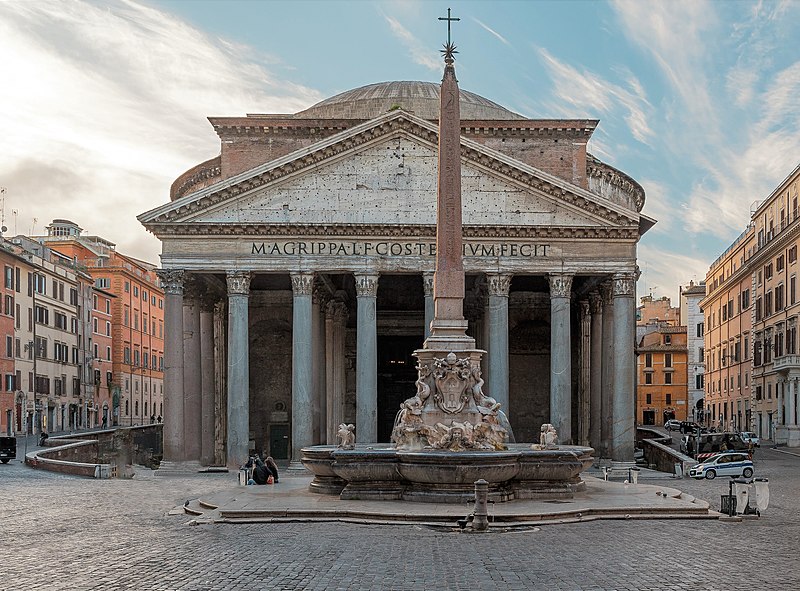

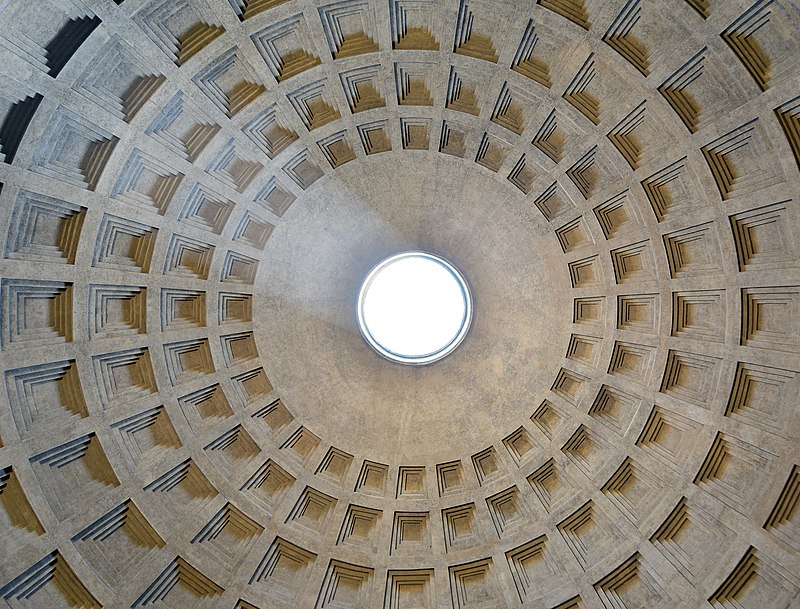
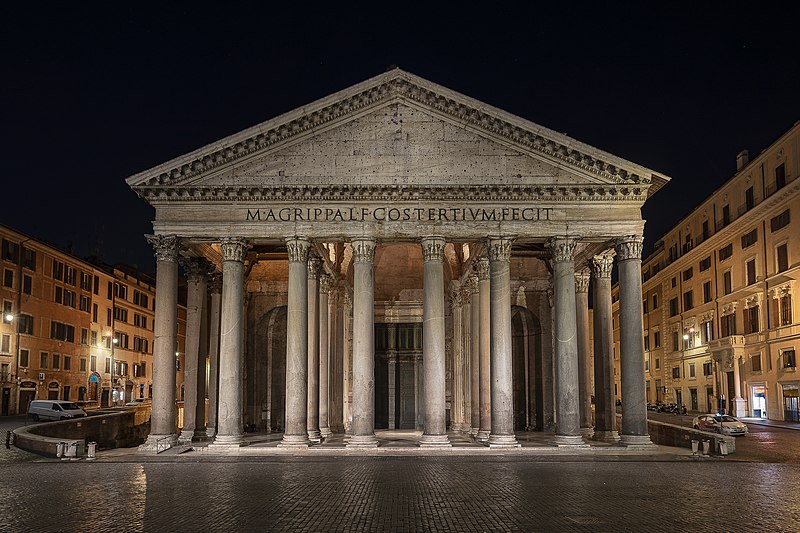
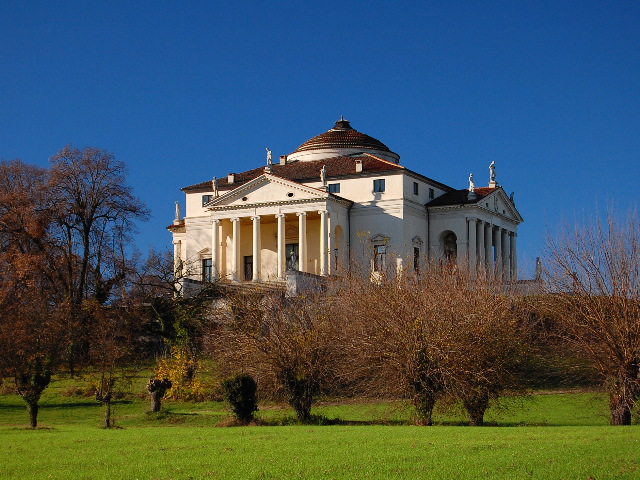
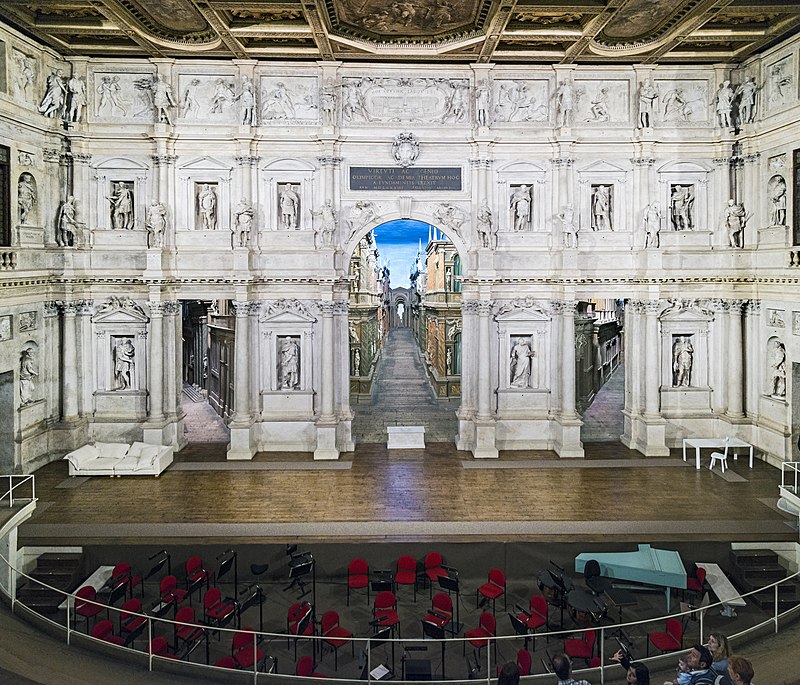
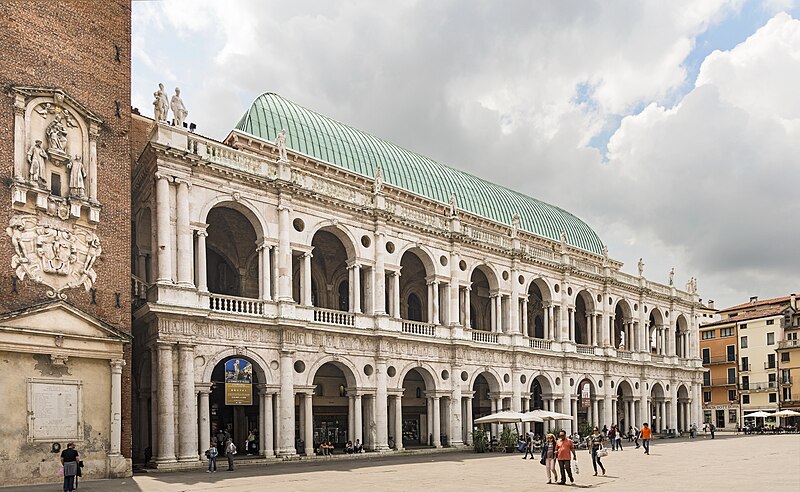
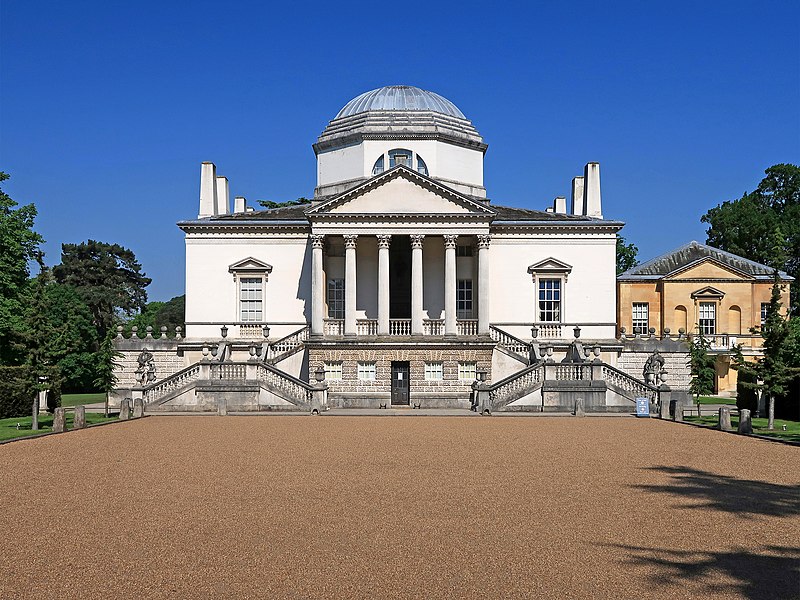
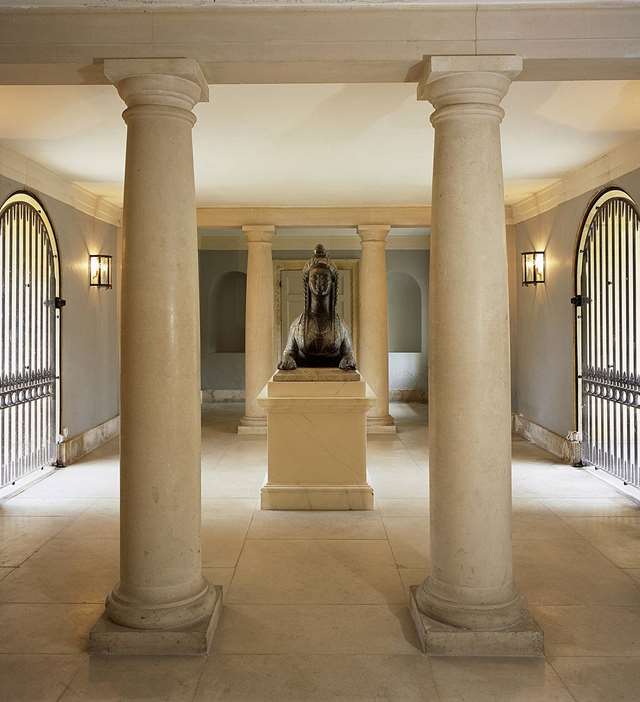 The ground floor of the link building, added in about 1732 to connect the old house with the new villa. The lead sphinx was made by John Cheere (1709–87)
The ground floor of the link building, added in about 1732 to connect the old house with the new villa. The lead sphinx was made by John Cheere (1709–87)